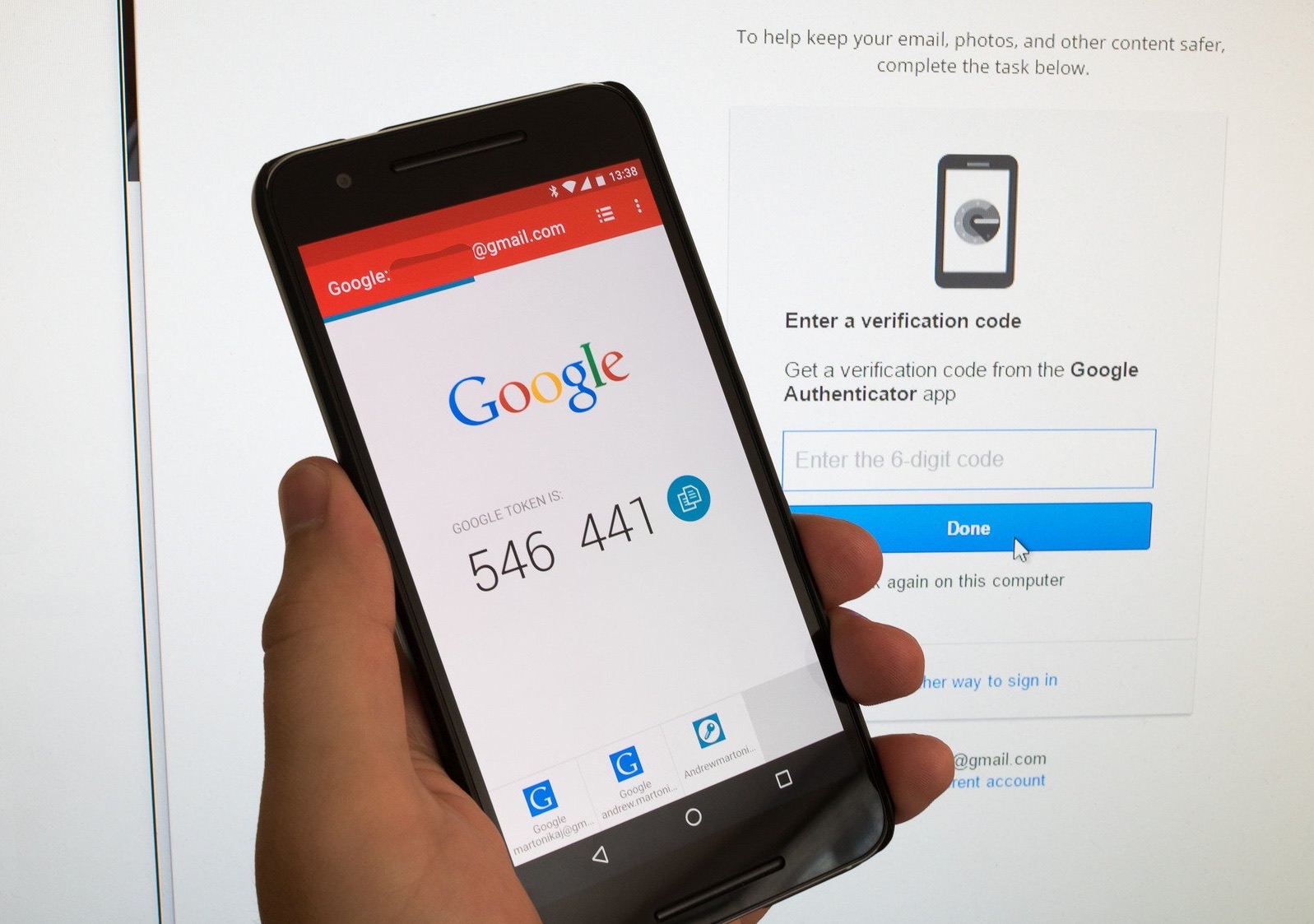Imagine this: You’re rushing to work, coffee in hand, phone buzzing with notifications. You reach for your pocket, expecting the familiar weight of your device… but it’s not there. The realization hits you like a punch to the gut: your phone, with all its precious data and irreplaceable memories, is gone. But even worse, you remember something crucial: you use Google Authenticator to secure your online accounts, and it’s gone too.
Image: help.pix.online
This is the nightmare scenario many of us fear – a scenario that becomes a reality for millions every year. The loss of a phone isn’t just a tech inconvenience; it’s a security breach waiting to happen. And when Google Authenticator is involved, the stakes are even higher.
Understanding Google Authenticator’s Vulnerability
Google Authenticator is a powerful tool for two-factor authentication (2FA), a security measure that adds an extra layer of protection to your online accounts. It generates unique, time-sensitive codes that you need to enter alongside your password to log in. This method, when implemented correctly, makes it significantly harder for hackers to gain unauthorized access to your accounts, even if they manage to steal your password.
But this security blanket can quickly become a liability when your phone is lost or stolen. Without access to your phone, you can’t generate the required codes and find yourself locked out of critical accounts like your bank, email, and social media.
Navigating the Aftermath: Steps to Take When Your Phone is Gone
The first instinct when you realize your phone is missing is usually panic. Your mind races with the possible consequences – your data, your emails, your bank accounts – all potentially compromised. But don’t despair. There are steps you can take to mitigate the damage and regain control.
1. Immediate Action: Secure Your Accounts
The moment you realize your phone is gone, act fast. Here’s what you need to do:
-
Change Your Passwords: Start by changing the passwords for all your important accounts, including your email, banking, social media, and any other accounts that require 2FA.
-
Disable Google Authenticator: If possible, log into your Google account on another device, and disable Google Authenticator. This will prevent any unauthorized access to your accounts using your lost phone’s codes.
-
Report Your Phone Stolen: Contact your mobile carrier and report your phone stolen. This will help prevent further unauthorized usage and may help you recover your device.

Image: cellularnews.com
2. Reclaiming Your Online Fortress
While disabling Google Authenticator can help prevent instant access to your accounts, it doesn’t address the underlying problem – you need a secure way to log in again without access to your lost phone.
-
Use Recovery Options: Many services allow you to recover your accounts using alternative methods, such as email addresses, backup codes, or security questions. Consult the website’s help section or contact their support for guidance.
-
Contact Account Support: If you are unable to access your account through recovery options, contact the support team for the specific service. Explain your situation and they may assist you with recovering your account.
3. Beyond the Immediate Crisis: Preventing Future Disasters
Losing your phone and dealing with the security fallout can be a stressful experience. To avoid having to go through this again, consider these preventative measures:
-
Use Authenticator Apps: Google Authenticator is convenient, but it’s not the only option. Explore other authenticator apps, such as Authy or Microsoft Authenticator. These apps often allow you to back up your codes on multiple devices, providing redundancy in case of phone loss.
-
Enable Backup Codes: Some services allow you to generate backup codes that can be used to regain access to your account even without your phone. These codes should be stored in a safe, offline location, separate from your phone.
-
Consider Hardware Tokens: For the highest level of security, consider using a physical security key. These tokens are small, portable devices that generate unique codes, providing an alternative to relying solely on your phone for 2FA.
Expert Insights: Don’t Be Afraid to Be Proactive
“I often see people panic after losing their phone and struggling to regain access to their accounts,” says security expert, Dr. Emily Johnson. “But the key to staying safe is being proactive and taking steps to prepare for such eventualities.”
Dr. Johnson recommends:
-
Back Up Your Data: Regularly back up your data to a cloud service or external hard drive. This is essential even beyond security concerns, as it protects you from data loss due to phone damage or accidental deletion.
-
Review Your Security Settings: Regularly review the security settings on all your online accounts, ensuring that you have enabled strong passwords, 2FA, and any other security features offered.
Phone Lost Google Authenticator
Moving Forward: A Renewed Focus on Security
Losing your phone and the subsequent scramble to recover your accounts can be a wake-up call. It underscores the importance of robust security measures and proactive planning. By understanding the potential vulnerabilities and taking the right steps to mitigate them, you can stay ahead of potential cyber threats and ensure the safety of your valuable data.
Losing a phone is never easy. But by taking immediate action, implementing preventative measures, and staying informed about evolving cybersecurity best practices, you can navigate this stressful situation with the utmost caution and emerge stronger.







